Eye exams are looking for a lot more than just eye diseases or how well you see. The eye is the window to the rest of our body’s health, and many diseases can be spotted there first. An ophthalmologist explains. Hosted by Lynn Holley.
Guest Information:
- Dr. Christopher Starr, Assistant Professor of Ophthalmology, Weill-Cornell Medical Center, New York
15-06 Your Eye Exam
Lynn Holley: Most of us probably can’t imagine what it would be like to be blind. In fact surveys show we don’t even want to think about it. Most people consider few things in life to be as valuable as their sight.
Christopher Starr: Most people around the world view their vision as probably the most important sense that they have. In fact, in the survey, people said “I’d rather lose a limb then than lose my vision,” “I’d rather lose ten years of my life than lose my vision,” you know, “I’d rather lose my hearing,'” “I’d rather use my teeth,” you know, all of these things.
Lynn Holley: That’s Dr. Christopher Starr, Associate Professor Of Ophthalmology at the Weill Cornell Medical Center in New York.
Christopher Starr: Vision trumped everything, and yet, despite that, people are more likely to see their general practitioner or their dentist each year than their eye doctor. So, there was a little bit of a disconnect there between the importance of vision and how people take care of their eyes.
Lynn Holley: However, Americans take their vision more seriously than people in some other countries, according to Bausch and Lomb’s international survey of consumers.
Christopher Starr: The US was right in the middle. We weren’t the worst and we weren’t the best in various things. China, interestingly, they score higher in most categories than anyone else, and interestingly, Japan tended to do the worst when you look at a national level.
Lynn Holley: Starr says the general rule for seeing an eye doctor is once a year. Some of his patients get off easier, but only with his say-so.
Christopher Starr: Certainly, in very healthy younger people, after a completely normal eye exam, I’ll often tell people to come back in, uh, 2 to 3 years, knowing that their eyes are going to be just fine over that period of time. But in general, the rule of thumb is every year, and at worst, every 1 to2 years. Certainly if you haven’t had one in the last 5, 10 years –sometimes some people have never had an eye exam — I would say turn off the radio and go directly to your nearest eye doctor.
Lynn Holley: But why? If somebody’s seeing just fine, what’s the urgency? First of all, some conditions that can rob people of their sight have no symptoms until it’s too late.
Christopher Starr: The big one there is glaucoma. Glaucoma can affect anyone at any age. And glaucoma, up until the very last stages, is typically asymptomatic. So, you don’t have any symptoms whatsoever. There’s no pain, no pressure sensation. Now, a lot of people assume because glaucoma usually involves high-pressures in the eyes, that they’ll feel pressure sensation in their eyes, and that’s a fallacy. So, we’ll check the eye-pressure and see if the pressure is elevated. If it’s elevated, that starts raising little red flags for the possibility of glaucoma. Then, we’ll take a good careful look at the whole external structure of the eye, including the eyelids, and the eyelashes, and the conjunctiva, and the cornea, the iris, and there we’re looking for — you can often sometimes pick up tumors on the eyelid. This is another reason why we like to see patients and explain to them good healthy behaviors such as wearing sunglasses when you’re outside.
Lynn Holley: Starr says sunglasses can also help prevent melanoma inside the eye, as well as cataracts and macular degeneration. He says 80% of visual impairment is preventable if detected and treated early enough. But when your eye doctor dilates your eyes and takes a long, hard look inside, it’s not only for vision’s sake.
Christopher Starr: Worldwide that is a myth that many, many people seem to subscribe to. I can see well; I have no need for an eye exam or to see an eyecare professional. And the reason why that’s really not true is that on regular eye exams, even when the vision is perfectly fine, we can often pick up diseases that are either eye diseases or even systemic diseases, the diseases that affect the body, that may not be symptomatic, at that point, but we can often pick them up on routine eye exams.
Lynn Holley: And by the same token, Starr says if your vision’s giving you trouble, you may need a lot more than a pair of glasses.
Christopher Starr: That happens quite frequently, actually. Patients might say, “well, my vision’s been a little blurry,” or “one eye is blurry,” or “I have headaches,” or “I’ve got flickering lights coming in my vision, “ or “part of my vision it out,” and all of those various symptoms that people may come in with, thinking maybe it’s just they need to have their eyeglasses changed or they need eyeglasses or something like that. Often, it is something else and sadly for some people a much more serious of a situation.
Lynn Holley: Starr says the eyes may be the window to the soul, but they’re also a window to your overall health. Blood vessels are far more visible in the eye than anywhere else in the body, and they can reveal a whole host of information about serious illnesses that can cut your life short.
Christopher Starr: In examining those blood vessels and the retina in general, we can see, in the case of hypertension, we can see that the blood vessels might be constricted or even dilated in some cases. There’s certain things called AV nicking where the cross-section –where the arteries and the veins cross each other — there is these little irregularities that the caliber of the blood vessels get irregular and tortuous. And we can see all of these things in looking at it. In very severe cases of hypertension, sometime there’s actual swelling in the back of the eye. The optic nerve, which is the cable that connects the eye to the brain and sends all of the signals of our vision back and forth between the eye and the brain, can become swollen in cases of severe hypertension. So, these are the types of things that we would see.
Lynn Holley: Starr says ophthalmologists may spot small hemorrhages in the eye that signal diabetes long before other symptoms show up. Other clues may suggest more than 150 conditions, including thyroid disorders, arthritis, lupus, or multiple sclerosis.
Christopher Starr: Even things — this is a little more rare — but certainly we can pick up things like HIV sometimes, and there is something called HIV Retinopathy where there are these sort of microvascular changes in the back of the eye that you can see on an eye exam. Sometimes, because we can actually look into these blood vessels very carefully with very high magnification, we can often see little cholesterol plaques sitting at the bifurcation of blood vessels in the retina. And in some cases, you know, when we see that on an eye exam, even if they’re asymptomatic — if they don’t always necessarily cause visual loss or even fluctuating visions, so we’ll sometimes see that incidentally on an eye exam and of course we’ll ask the patient about their blood pressure and their cholesterol and if they’ve have had their carotid arteries checked recently with, you know, an ultrasound — Doppler ultrasound to measure if there’s any plaques or inclusions in the carotid artery. And often we can save people from tremendously terrible massive major strokes.
Lynn Holley: And it’s not just every now and then that eye doctors spot something like that. Starr says it happens with one or two of his patients every day. You can find out more about the worldwide vision survey online at bausch.com/barometer. You can find out more about all of our guests on our website, radiohealthjournal.net. Our production director is Sean Waldron. I’m Lynn Holley.
Sign up to receive email updates
Enter your name and email address below and I’ll send you periodic updates about the podcast.
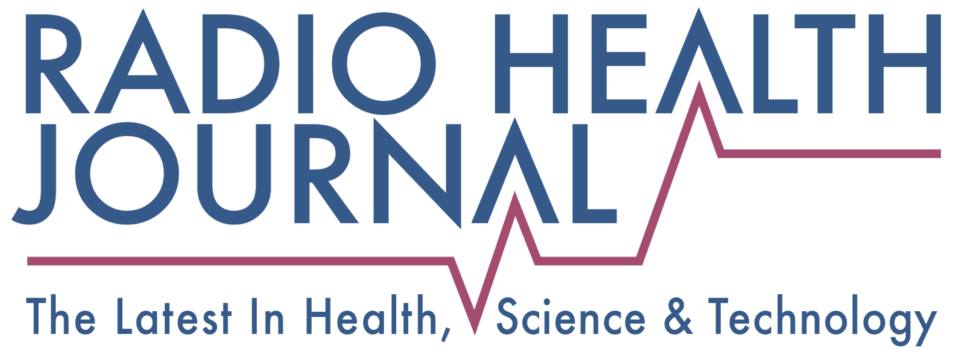
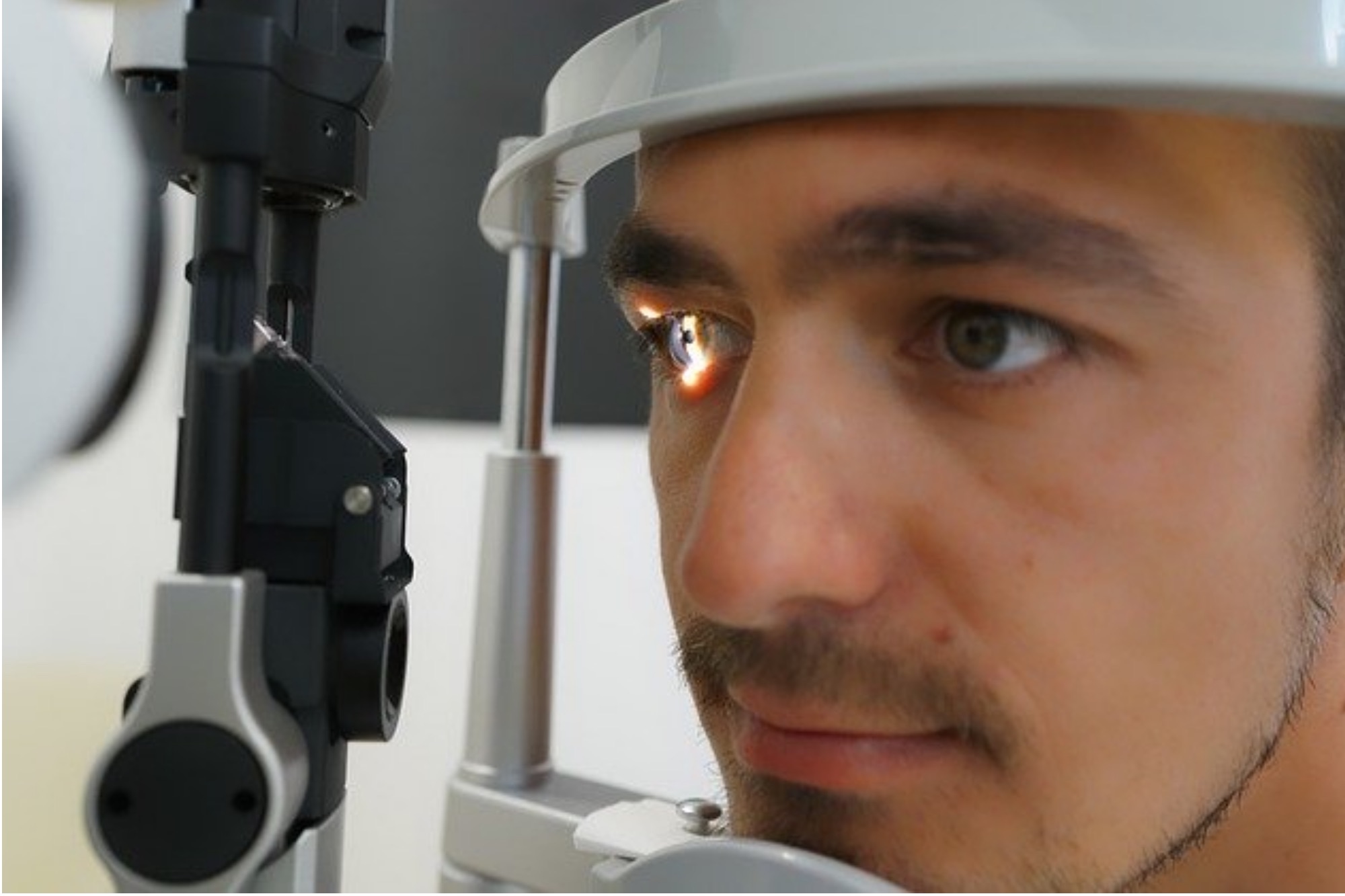
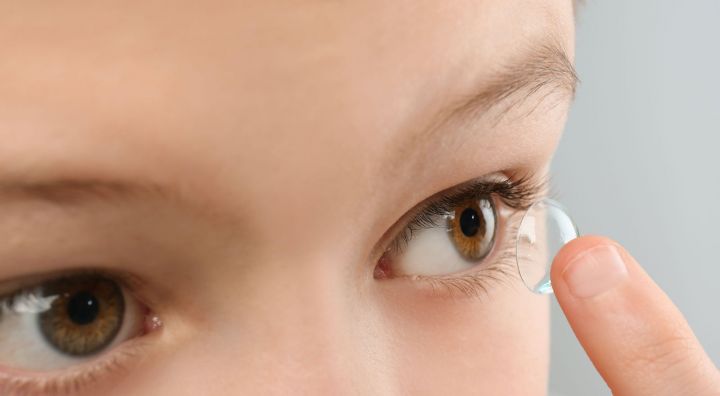
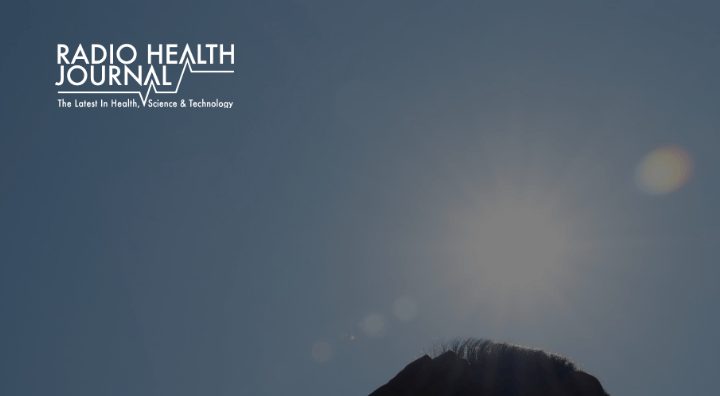



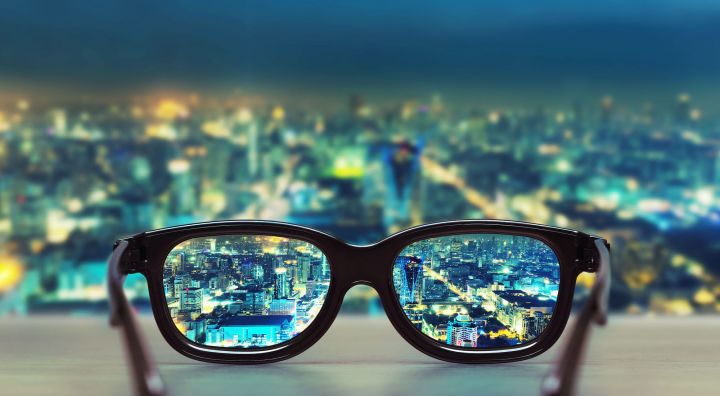


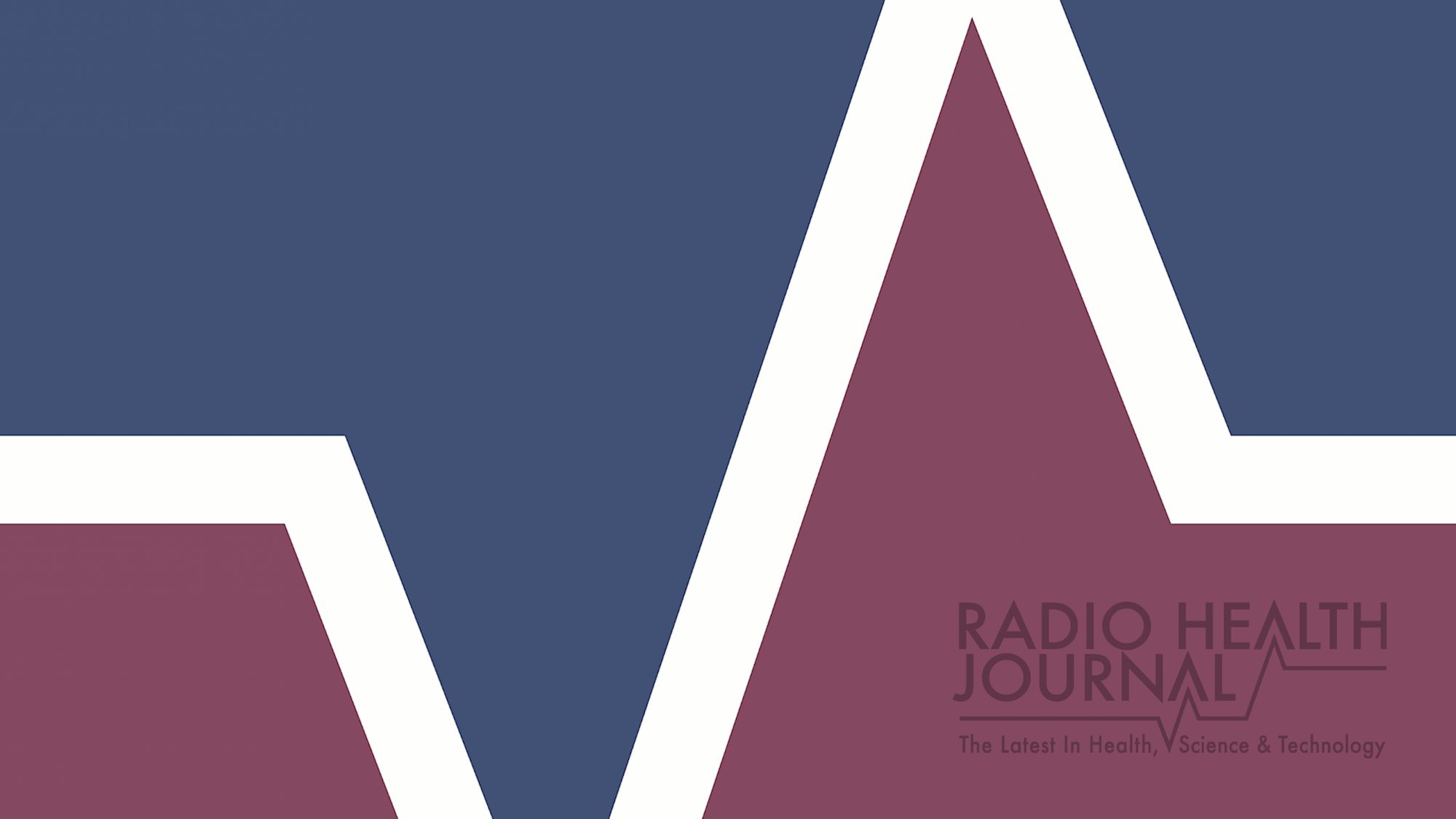
Leave a Reply